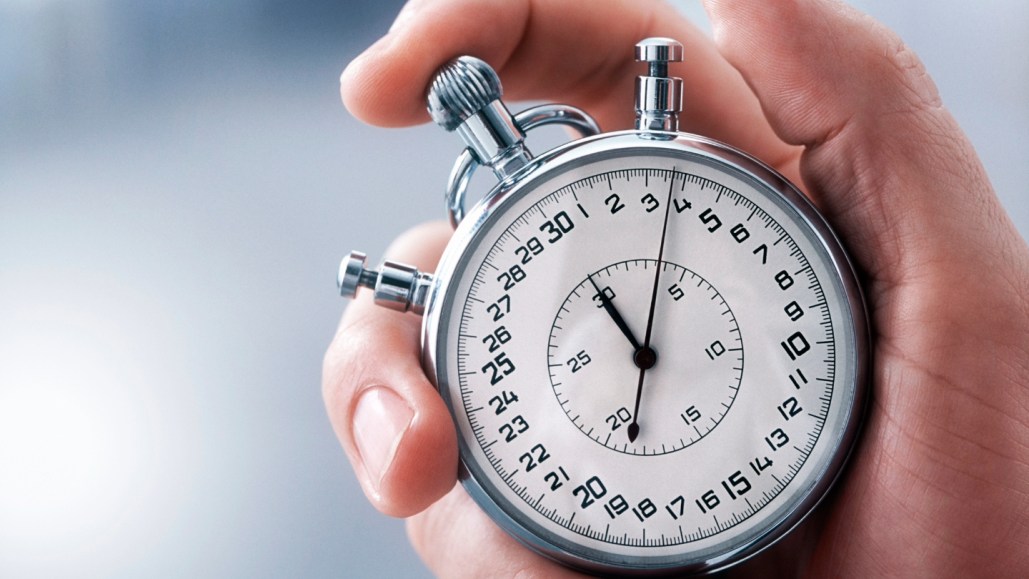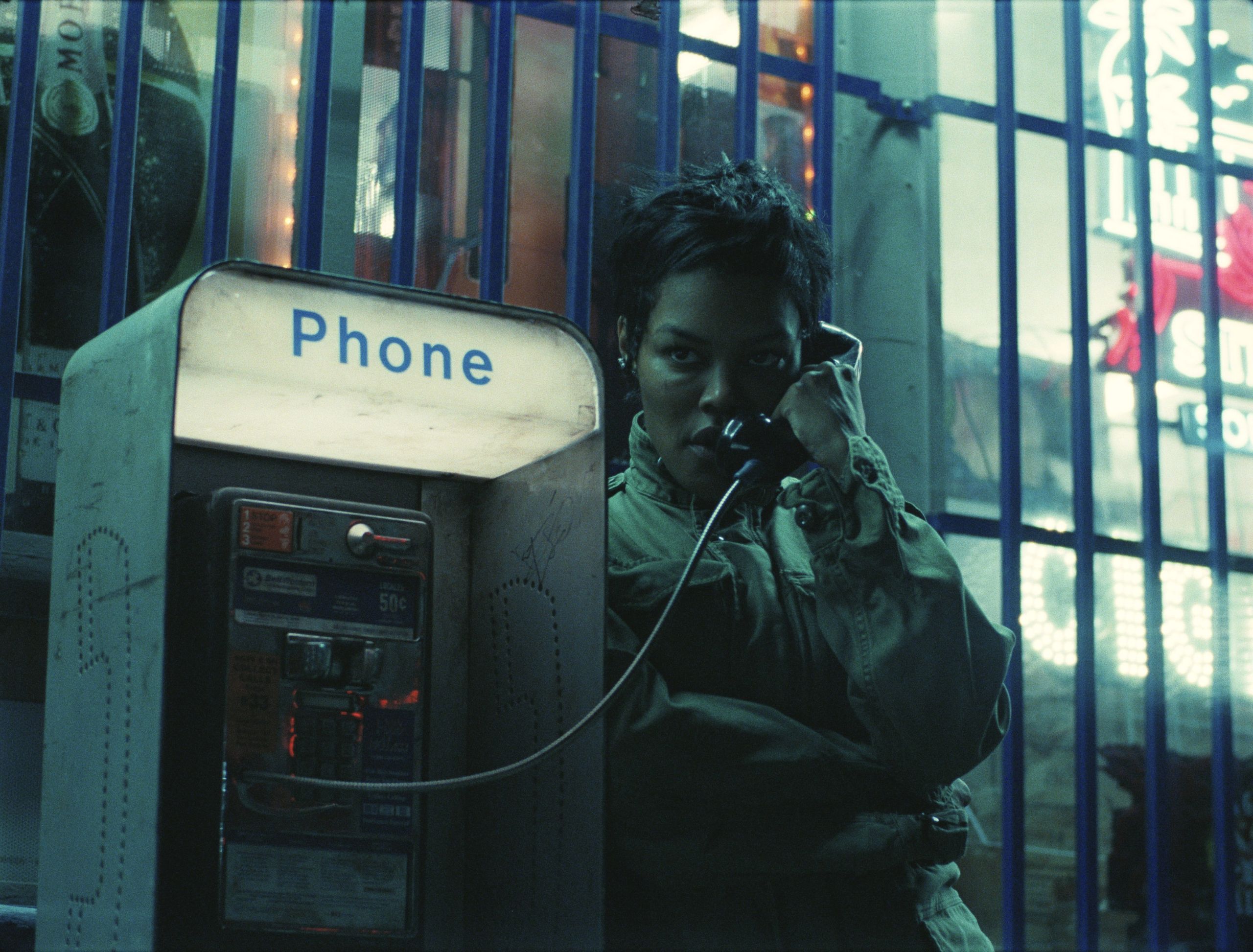Leap Second Instituted 50 Years Ago by Timekeepers

Leap second celebrations were a thing, according to Science News, back in January 1974. The invention of the "leap second" was to ensure that the time readings used by navigators remained synchronized with the real movement of our planet. Such celebrations took place around the globe on New Year's Eve, exactly at 00:00 Greenwich Mean Time. The hourly time signals transmitted by radio stations across the world included an additional "beep" to mark the occasion.
However, we may witness the end of an era for the leap second. In the year 2022, measurements experts agreed to phase out the peculiar timekeeping practice by 2035. The leap second, unlike the leap year that comes every four years, is added whenever there is a need to tweak the clocks due to slight changes in the length of a day caused by alterations in Earth's spin. Since 1972, the world has seen the integration of a leap second 27 times. On the other hand, technologies such as satellites that depend on the exact time maintained by atomic clocks could malfunction when these clocks are reset (Science News: 4/22/06, p. 248). Instead of the leap second, some scientists have proposed the adoption of a leap minute, which would necessitate resetting atomic clocks roughly every half-century.




